Colombo, the dynamic capital of Sri Lanka, not only serves as a gateway to the country’s west and south coast beaches, but also stands out as a captivating destination in its own right. The city presents a combination of rich history and contemporary vibrancy, offering an array of experiences that range from cultural landmarks to modern attractions. Some of the key highlights include the Gangaramaya Temple, which combines traditional and modern architectural styles; the Independence Memorial Hall, set amidst the lush greenery of Cinnamon Gardens; and the vibrant Pettah Market, renowned for its appealing street life and diverse array of goods.
All of the trips we create for Colombo are designed and tailored specifically for you. We create each trip from a blank piece of paper, building the holiday you had dreamed, using our experience, knowledge and contacts to design the ultimate experience.
Below are some of examples of trips in Colombo that we have created, designed to showcase the destination, our expertise and create some inspiration.
13 Day Itinerary
Guide Price: £8,500pp
Guide Price: $10,000pp
Witness the best highlights of Sri Lanka on an unforgettable trip, combing wildlife experiences, iconic architectural sites rich in history and a picturesque landscape adorned with vibrant green tea plantations, pristine beaches and charming colonial towns.
19 Day Itinerary
Guide Price: £11,100pp
Guide Price: $13,300pp
Experience authentic Kerala and Sri Lanka on an unforgettable trip. Explore historic colonial-style buildings and embark on a safari to spot the elephants of Gal Oya National Park all the while admiring landscapes of tea plantations and secluded beaches.
27 Day Itinerary
Guide Price: £15,800pp
Guide Price: $18,900pp
Journey across the Indian Ocean to discover varied landscapes teeming with rare wildlife, ancient architectural marvels, panoramic mountain views, and the stunning atolls of the Maldives.
Duration: 13 Days
Guide Price: $10,000pp
Guide Price: £8,500pp
Destination:
Witness the best highlights of Sri Lanka on an unforgettable trip, combing wildlife experiences, iconic architectural sites rich in history and a picturesque landscape adorned with vibrant green tea plantations, pristine beaches and charming colonial towns.
Duration: 19 Days
Guide Price: $13,300pp
Guide Price: £11,100pp
Experience authentic Kerala and Sri Lanka on an unforgettable trip. Explore historic colonial-style buildings and embark on a safari to spot the elephants of Gal Oya National Park all the while admiring landscapes of tea plantations and secluded beaches.
Casa Heliconia is an intimate and eclectic hideaway where lush jungle meets stylish luxury.
Paradise Road’s Tintagel Hotel inhabits a century-old ex-presidential mansion whose walls have been privy to much of Sri Lanka’s recent political history and is now regarded as one of Colombo’s finest boutique hotels.
Galle Face Hotel is an heritage property that dates back to 1864.
The name ”Maniumpathy” is a tribute to the town of Manipay, which is the origins of the first owners in the Jaffna family.

INSPIRATION
SIGN UP